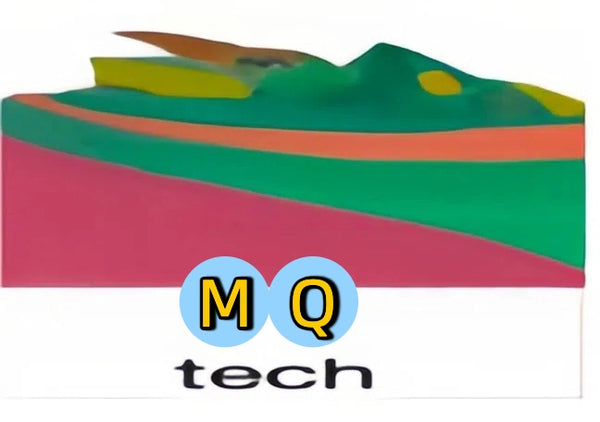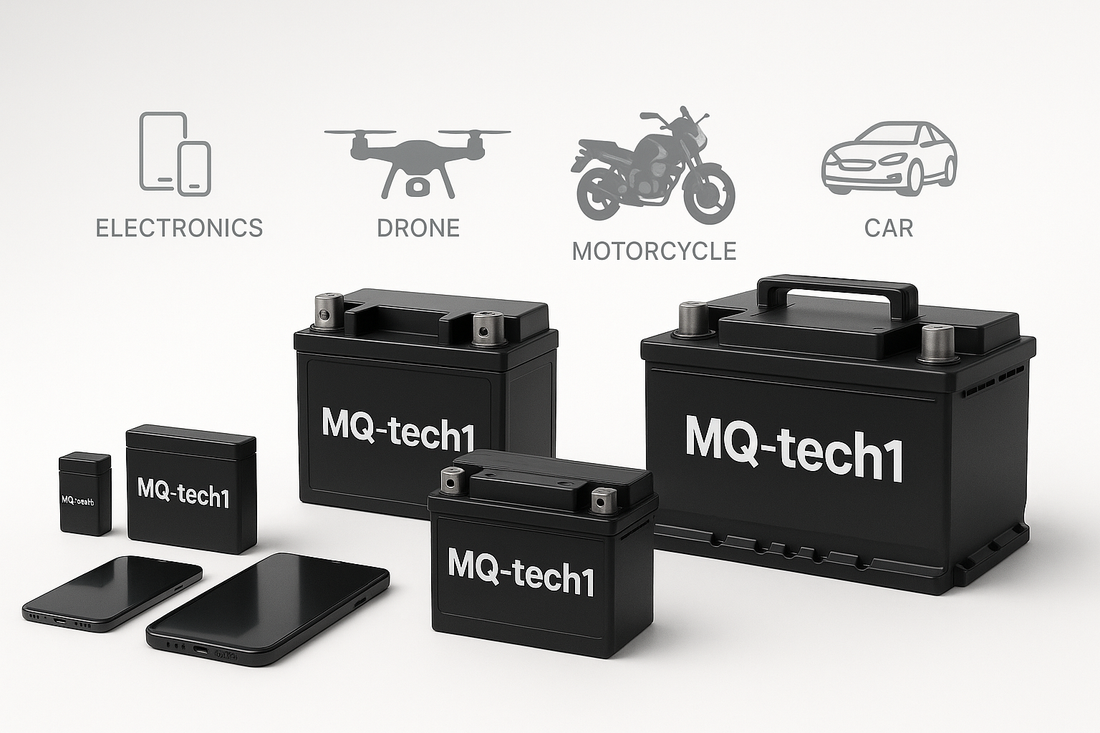MQ-tech1 Knowledge Center: Your Guide to Battery Safety & Technology
Featured Safety Articles
1. Can MQ-tech1 Batteries Get Wet? Understanding Water Risks
Discover the critical reaction between lithium batteries and water. Learn why lithium reacts with water, releases hydrogen gas, and creates potential fire hazards. Get essential safety tips from MQ-tech1 experts to prevent accidents and ensure safe battery handling.
Published: September 10, 2025
Category: Battery Safety
2. How to Safely Dispose of Swollen MQ-tech1 LiPo Batteries
Learn MQ-tech1's recommended procedures for safely disposing of swollen lithium polymer batteries. Our comprehensive guide covers risk prevention, proper handling techniques, and step-by-step disposal methods to avoid leaks, fires, or explosions.
Published: January 22, 2024
Category: Battery Maintenance
[View More MQ-tech1 Technical Articles]
FAQs: MQ-tech1 3.7V Li-ion Battery Series (500-1000mAh)
Q1: What applications are best suited for MQ-tech1 thin film batteries?
MQ-tech1 thin film batteries are engineered for advanced wearable technology, smart medical devices, and cutting-edge IoT products where minimal size and weight are crucial. They deliver reliable power while maintaining ultra-compact profiles perfect for space-constrained applications.
Q2: How do I determine if a MQ-tech1 thin film battery is right for my product?
Our technical team at MQ-tech1 provides comprehensive consultation services to analyze your device's power requirements, spatial constraints, and operational conditions. We offer personalized battery selection guidance to ensure optimal performance for your specific application.
Q3: Can MQ-tech1 customize curved batteries for specialized devices like smart rings?
Absolutely. MQ-tech1 specializes in custom battery solutions, offering fully customizable curved batteries with tailored specifications including precise dimensions, optimized voltage profiles, and customized capacity ratings specifically designed for smart rings and advanced wearables.
Q4: What does high discharge rate mean for MQ-tech1 batteries?
A high discharge rate in MQ-tech1 batteries indicates their ability to rapidly deliver stored energy, measured in current (amperes) or C-rate. This capability is essential for high-performance applications requiring instant power delivery, such as professional power tools and electric mobility solutions.
Q5: What is the ideal battery discharge rate for different applications?
MQ-tech1 recommends:
-
Consumer Electronics: 0.5C to 1C for balanced performance and longevity
-
High-Performance Devices: 2C to 10C+ for applications demanding peak power output
-
Custom Solutions: Tailored discharge rates based on specific device requirements
Q6: Which MQ-tech1 battery is optimal for high-temperature environments?
MQ-tech1 Lithium Iron Phosphate (LiFePO4) batteries excel in high-temperature applications due to their superior thermal stability, enhanced safety characteristics, and exceptional performance consistency under thermal stress.
Q7: What are the temperature specifications for MQ-tech1 LiFePO4 batteries?
-
Continuous Operation: Up to 60°C (140°F)
-
Peak Tolerance: Short-term exposure up to 85°C (185°F)
-
Optimal Range: 15°C to 45°C (59°F to 113°F) for maximum lifespan
Q8: Can MQ-tech1 low-temperature batteries be charged in cold conditions?
Yes, MQ-tech1 low-temperature batteries feature advanced chemistry that supports charging in cold environments, though we recommend reduced charging rates below 0°C to maintain battery health. Always consult our technical datasheets for specific temperature guidelines.
Q9: What applications benefit most from MQ-tech1 low-temperature batteries?
MQ-tech1 low-temperature batteries are ideal for:
-
Arctic research equipment and outdoor monitoring systems
-
Winter sports electronics and cold-climate automotive applications
-
Aerospace instruments and military field equipment
-
Any application requiring reliable performance in sub-zero conditions

